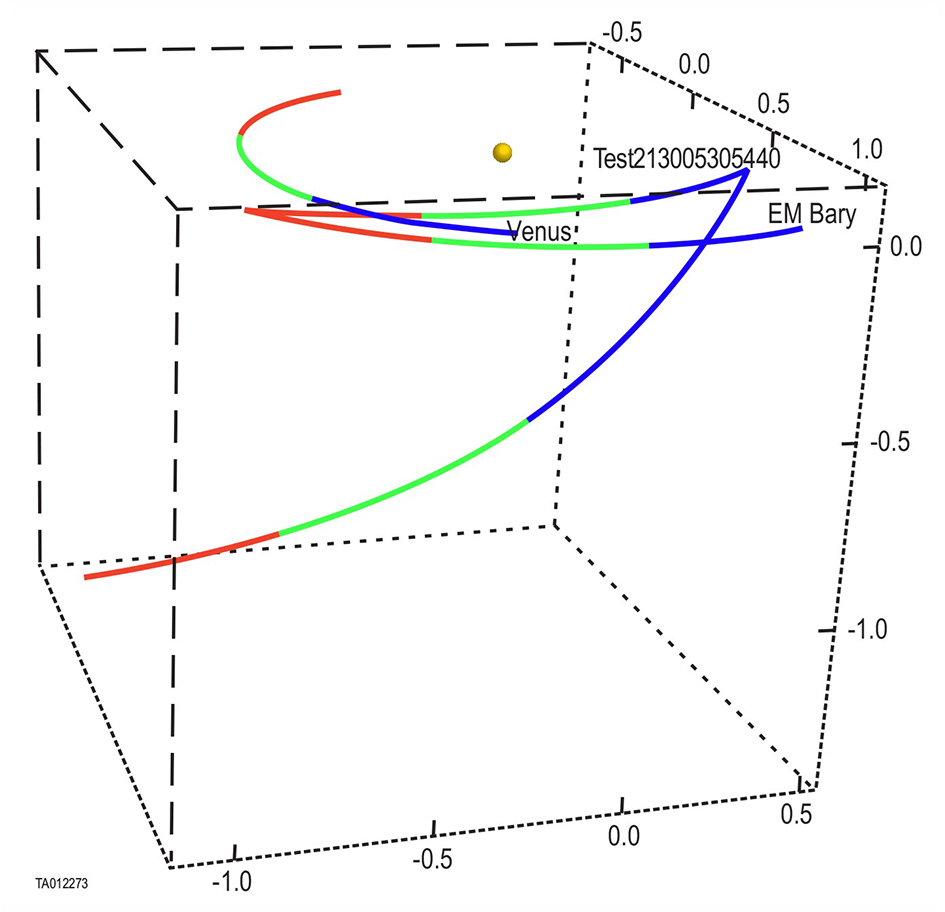Background
After many years of theoretical predictions for their existence, the first interstellar comets (ISCs) were detected in 2017 and 2019 with the discoveries of ISCs `Oumuamua and Borisov, respectively. New astronomical facilities coming online are expected to detect many of them over the next decade. ISCs are scientifically exciting and cannot be studied in detail except by space missions to reconnoiter them at close range. However, such a mission has unique design challenges unlike all past planetary space missions. This IR proposes to mitigate these challenges, reduce mission and proposal risks, and enable SwRI to propose and potentially win such a mission to NASA.
Approach
A series of specific research and programmatic tasks necessary to define and establish the feasibility of a NASA-funded mission to an ISC were identified. These include four research and two programmatic tasks: (R1) mission trajectory design, (R2) science definition and science traceability matrix (STM) development, (R3) payload instrument complement selection and specifications definition, (R4) spacecraft requirements and concept development, (P1) project costing, and (P2) results publication.
Accomplishments
The project successfully completed its six tasks this year. Significant time was devoted to developing software to model the interstellar comet population, determining which of those comets were interceptable, and optimizing the chance of intercepting a comet as a function of location and spacecraft capacity over the anticipated 10-year mission. Efforts in FY 2022 had already seen the completion of the science traceability matrix and the selection of the spacecraft payload. The entirety of the spacecraft design and costing efforts transpired in FY23. Efforts to develop a spacecraft design were undertaken with Division 5 personnel as well as multiple vendors out of house. Though none of the sources were willing to provide a concrete spacecraft bus design in line with the IR’s timeline, the project team generated a mature list of spacecraft design requirements which can guide future efforts. The team developed a parametric cost model to generate full mission cost breakdown in line with actual costs from similar flown missions. Finally, an academic paper documenting the results of the mission was drafted, revised and submitted to the journal, Planetary & Space Science, for publication. The costing details of the mission generated in P1 were omitted from the paper to ensure SwRI remains competitive in the event that the mission is ever submitted as an official proposal.

Figure 1: Example intercept trajectory with constraints applied. Departure from Earth-Moon L1 is constrained by detection date, and subsequently by Earth/Moon geometry being correct for departure asymptote after low Earth swing-by. Departure V∞ from earth is 4.529 km/s, easily achievable for our spacecraft.
